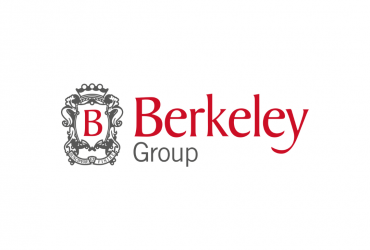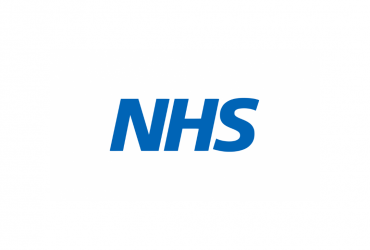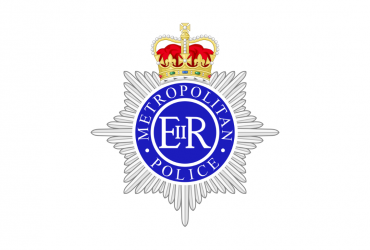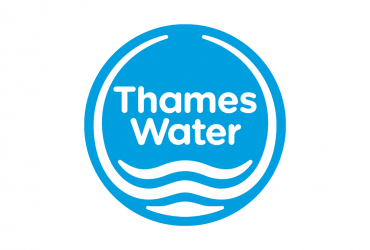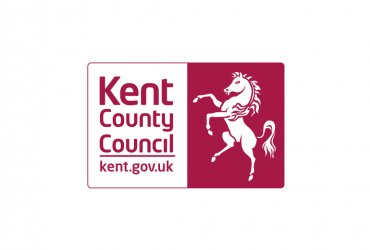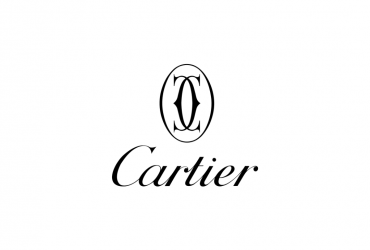Is Mould On Clothes Dangerous?
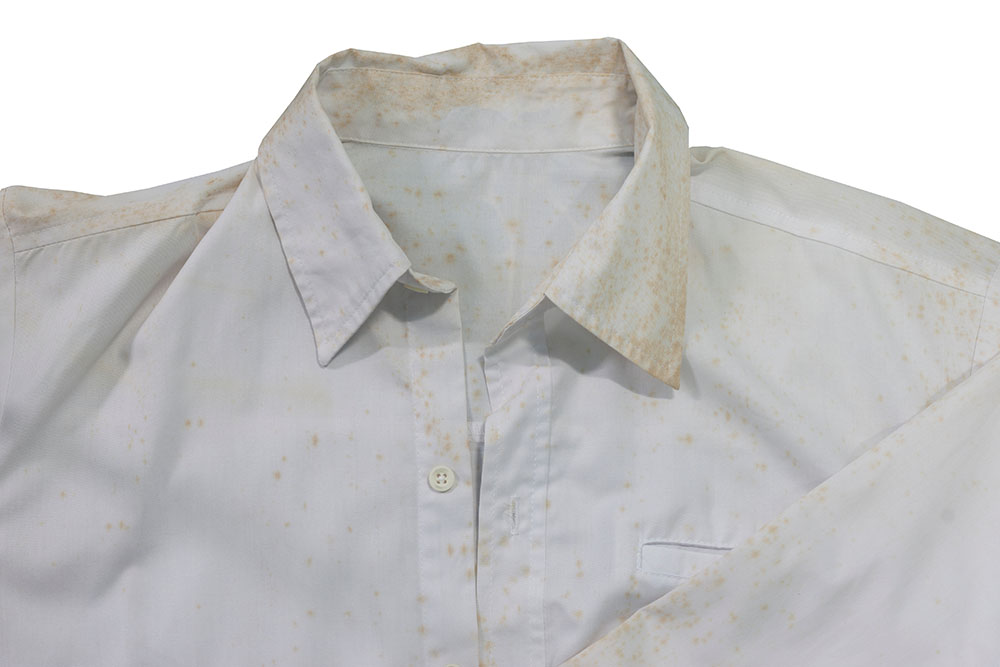
CONTENTS
- The hazards of mould on clothes
- Understanding the growth of mould on clothes
- Prevention strategies for mould growth on clothes
- Effective techniques for removing mould from clothes
- The role of light in preventing mould growth
- Long-term management strategies for preventing mould on clothes
- The impact of climate and season on mould growth
- Frequently asked questions
- Get in touch
If you have retrieved your winter clothing from storage only to discover it is covered in mould, it can be an alarming sight. Unfortunately, mould is more than a visual issue, as it can be a genuine hazard to your well-being and the life of your fabrics.
Our experts at ICE Cleaning offer comprehensive mould remediation services. We can be on-site within a matter of hours of your first call and effectively identify the source of mould. We can provide expert advice and a lifetime guarantee to ensure it does not return.
Read on to learn more about conditions that encourage mould growth, dangers they pose, and strategies to prevent them.
The hazards of mould on clothes
Mould growing on clothes is an aesthetic issue and health risk. They release spores that can trigger allergies and asthma attacks in sensitive individuals. When mould grows in your wardrobe, the fabric stored within inevitably suffers. Mould eats away at organic materials like cotton or wool, causing irreversible damage over time.
Inhaling or touching mould can cause sneezing, red eyes and skin rashes. Those with weakened immune systems or asthma are more prone to serious illnesses when coming into contact with mould.
Prolonged exposure may lead to severe respiratory issues, such as hypersensitivity pneumonitis - an inflammation of the lungs similar to pneumonia but caused by an allergic reaction instead of infection.
It is not common but is very dangerous if it happens because early symptoms mimic those of regular colds: fatigue, coughing and shortness of breath.
Aside from being unsightly stains on your favourite jumper or dress shirt, mould can destroy fabrics. The fibres become weak until they fray or tear easily, even during gentle washing cycles, leading to a ruined set of clothes.
Understanding the growth of mould on clothes
Mould is a microscopic fungus that thrives in damp, warm environments. It reproduces by releasing spores into the air which latch onto surfaces and begin to grow when conditions are right.
Clothing can become an ideal breeding ground for mould due to certain factors such as humidity, temperature, poor ventilation, and lack of sunlight. When clothes are left damp after washing or worn while sweating heavily, they provide ample moisture for mould growth.
The storage area also plays a critical role. If you keep your clothes in a dark wardrobe with limited airflow or leave them piled up on the floor instead of hanging neatly, it creates perfect conditions for mould spores to multiply.
A humid environment is one where there is plenty of moisture in the air, like steamy bathrooms or kitchens. This water vapour condenses onto clothing fibres, making them a breeding ground for mould growth.
If you live in regions prone to high humidity like coastal areas or have indoor activities that generate excess moisture (like drying laundry indoors), these situations may encourage more mould formation.
Ventilation aids evaporation - helping remove excess moisture from our surroundings including clothing items. Dark, poorly ventilated spaces result in stagnant moist air leading to damp conditions conducive to fungal development.
That is why sunlight, with its UV light, is so effective. It has germ-killing properties that destroy mould spores. Additionally, the heat from the sun increases moisture evaporation. This essentially strips the mould of two crucial elements it needs to survive.
Prevention strategies for mould growth on clothes
To prevent mould growth on clothes, it is crucial to manage the conditions in your storage areas. Damp attracts mould, so ensure your wardrobes and drawers are dry before storing clothes.
Consider using dehumidifiers to keep humidity between 30-50%, thereby preventing mould growth. They can help maintain an ideal humidity level, deterring mould growth.
Poor ventilation leads to moisture build-up which encourages mould formation. Regularly air out closets and make space between garments for air circulation. This prevents any trapped moisture from becoming a breeding ground for spores.
To prevent potential issues, regular inspection of stored clothing is vital. You must pay attention to signs like musty odours or discolouration, as they indicate the early stages of mould infestation. Well-lit spaces deter mould growth, so keep storage places brightly lit when possible; sunlight being the best deterrent.
Effective techniques for removing mould from clothes
The sight of mould on your clothes can be alarming, but there are effective ways to get rid of it. Before you start dealing with the mould problem, make sure to protect yourself.
Wearing gloves and a mask is crucial as this helps avoid direct contact or inhalation of spores that might cause health problems.
If possible, try removing the mould outdoors so as not to spread spores around your home. You can use several techniques to remove mould stains from clothing effectively:
- Vinegar: Add one cup of white vinegar into your washing machine during a hot wash cycle.
- Baking Soda: Add half a cup of baking soda along with detergent in the washing machine.
- Mild Detergent and Water: Scrubbing affected areas gently using a mild detergent mixed in warm water.
In all cases above, remember to thoroughly dry clothes after cleaning them in a dryer or outdoors as dampness encourages more growth. For severe cases where DIY methods are not enough, you should contact a professional dry cleaning service.
The role of light in preventing mould growth
While sunlight is often associated with life-giving properties for many organisms, the same does not apply to mould spores. Ultraviolet light in sunlight has anti-fungal properties which impede mould growth.
Exposing your clothes to ample natural light will reduce the likelihood of mould attaching and growing. Just like our skin cells can be damaged by excessive UV exposure causing burns and blisters; similarly UV rays damage fungal cells leading them towards cellular death.
If access to natural sunlight is limited due to location or building structure constraints, artificial lighting is an acceptable substitute.
Many commercial buildings use UV lamps in storage areas for precisely this reason, however, you must do this in moderation as prolonged exposure can damage the fabrics' integrity.
Closets are notorious for potential threats such as mildew and mould, primarily because they are typically dark and poorly ventilated. To counter this, consider installing small lights inside your closets or using clear storage containers that allow light penetration.
Long-term management strategies for preventing mould on clothes
The key to long-term mould prevention lies in a combination of proper storage, environmental control, and regular inspection. Understanding these elements will help you keep your clothes free from mould growth.
To prevent mould, always make sure your clothes are completely dry before storing them. This is because damp creates the perfect environment for mould spores to grow. Use vacuum-sealed bags or plastic containers with tight lids to store clothing items that will not be used frequently.
Closet organisations can also play a part in preventing mould growth. Leaving space between hangers lets air circulate freely around each garment, reducing humidity levels and keeping fabrics clean.
Maintaining an optimal indoor climate can significantly reduce the risk of mould formation on clothes. Investing in a dehumidifier or moisture catcher to combat high humidity levels can be beneficial as it helps to reduce moisture, making mould growth less likely.
Ventilation plays another crucial role here; ensure rooms or storage areas have sufficient airflow either through natural means like windows or by using fans and vents.
Routine inspections also help you spot early signs of potential problems, such as musty smells or discolouration, which could indicate the onset of mould growth. Washing machines should be cleaned regularly since they often harbour hidden pockets of moisture, which might lead to mould growth over time.
The impact of climate and season on mould growth
Climate plays a significant role in mould growth, affecting the humidity levels within your home. Hotter climates tend to harbour more moisture, but even cooler climates are not immune from this problem.
In colder seasons, condensation can become an issue inside homes due to temperature differences between indoors and outdoors. This increased damp can encourage the growth of mould on clothes left unattended or improperly stored.
Rainy seasons also pose challenges as wet weather conditions can lead to higher indoor humidity if not properly managed. To prevent this scenario, using dehumidifiers or air conditioners could be beneficial.
Understanding how different climates influence mould growth allows you to tailor prevention strategies accordingly. In hotter areas where high humidity is common, ensure that your clothing storage spaces are well-ventilated and dry at all times.
Colder regions with seasonal changes cause fluctuations in indoor temperatures, leading to condensation problems, so maintaining regular heating patterns may help control it.
No matter what climate you live in, regular inspection of clothes for signs of mould is crucial because catching early indications means an easier cleaning process. Noticing a musty smell, discolouration or fuzzy patches on your clothes are all signs of mould presence.
Once spotted, immediate action should be taken to remove the item and begin the cleaning process source. If the mould has spread to other areas such as the walls or ceiling, you must seek mould removal services.
Frequently asked questions
Can mould be washed out of clothes?
It is possible by using hot water and a good quality detergent. A bit of vinegar in the rinse cycle also helps. However, you should always consult a dry cleaning specialist before doing so.
Why is mould growing on my clothes?
Mould thrives when it's damp and dark. So if your clothes are stored wet or in poorly ventilated areas, they're prime spots for mould growth.
How do you clean mildew off fabric?
Cleaning mildew needs warm water, soap, and a brush to scrub away the spores. Remember to wear gloves and a mask at all times.
Get in touch
At ICE Cleaning, our team of specialists are equipped with the skills to tackle all your mould cleaning needs. Get in touch with us at 0208 066 0360 or enquiries@icecleaning.co.uk to learn more about our mould remediation methods. By resolving the root cause of mould issues, we can prevent its return going forward.
Our team of professionals are available 24/7, 365 days a year, and can be on-site within a few hours of your first call. We provide emergency cleaning services to ensure that your home is safe as soon as possible and will work with your insurance company to deliver the best services.

Speak with me today,
I’m here to help
By asking you a few questions either via phone or email I can immediately provide a realistic estimation of the cost.
You’re in good company. We’ve cleaned for the following commercial clients… View all

Why choose us?
- Cater to a wide variety of cleaning situations
- Nationwide coverage, available 24/7
- Cater to commercial and domestic clients
- Free survey provided prior to quotation
- Emergency response team
- Offer a bespoke service designed to suit all your needs
- All technicians hold professional health and safety qualifications, including BICSc, IOSH, Dewpoint Professional & Safe Contractor
We’re fully accredited
We place best practise, professional expertise and health and safety at the core of our business. We’re fully compliant with all legal obligations. You can view a list of our accreditations below, or visit our Health & Safety page for more information.

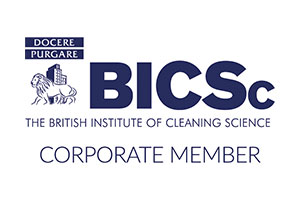

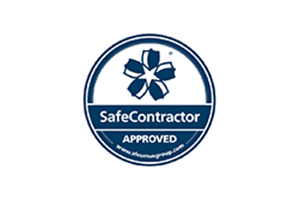


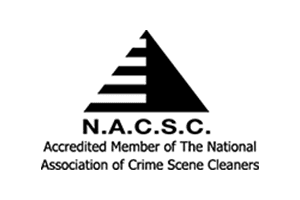




-RGB-small.1707319151.jpg)

